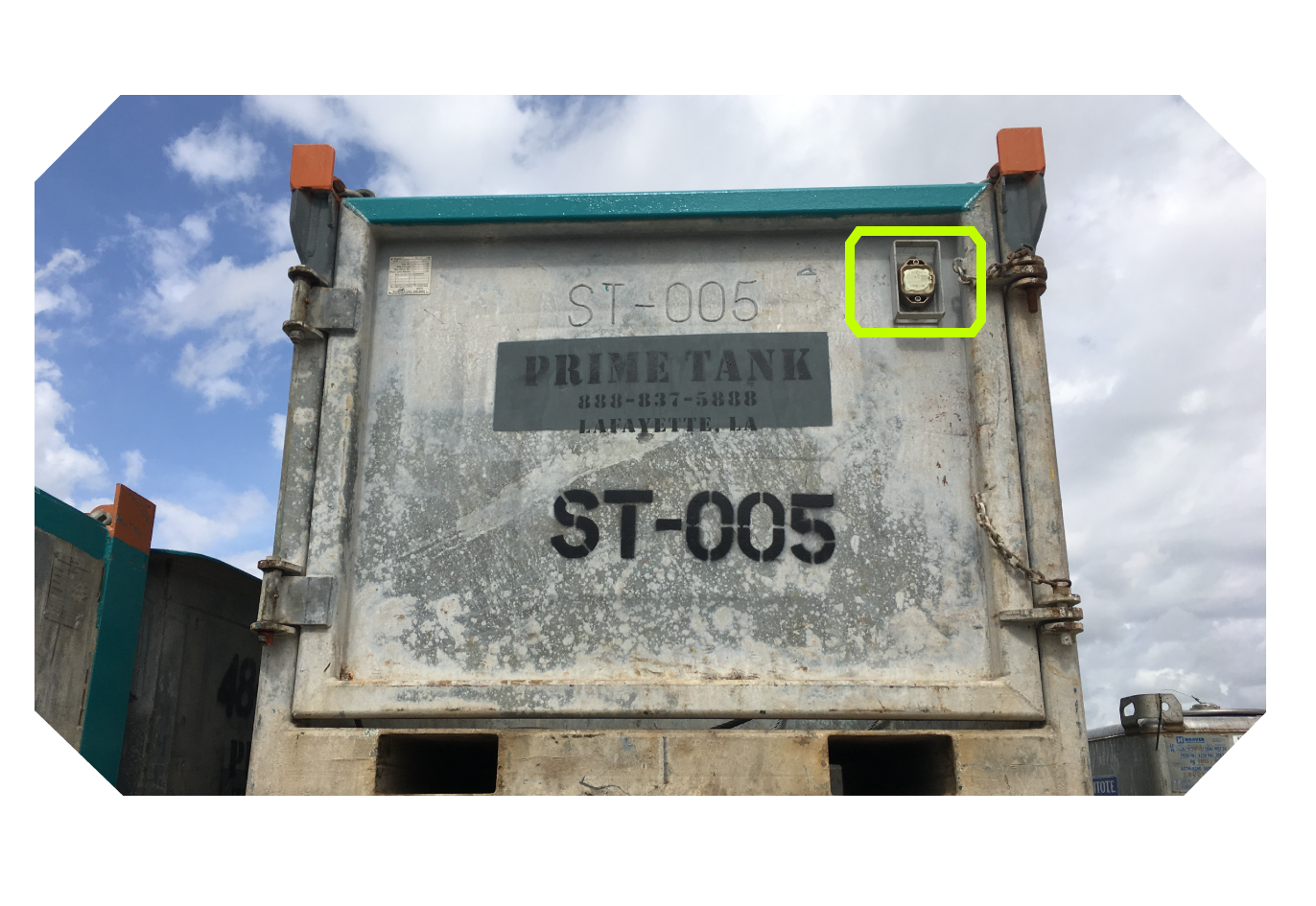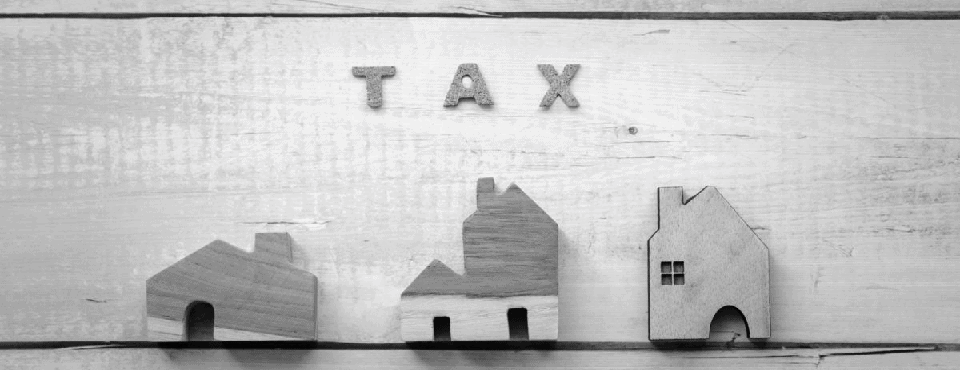In the high-stakes world of the oil and gas industry, safety and efficiency are paramount. With assets located in some of the most hazardous environments on the planet, companies must adapt their tracking technology and ensure regular inspections and maintenance of hazardous area equipment to meet rigorous safety standards. This is where Intrinsically Safe (Zone 0) Trackers come into play. In this comprehensive guide, we’ll explore everything you need to know about these cutting-edge devices, tailored to the unique needs of asset tracking professionals in the oil and gas sector.
Introduction to Intrinsically Safe (Zone 0) Trackers
Intrinsically Safe (Zone 0) Trackers are specially designed GPS devices intended for use in environments where explosive gases or dusts may be present. These trackers meet stringent international safety standards and incorporate protective systems to ensure they do not ignite flammable substances, making them essential tools for industries operating in hazardous conditions. You can read more about why Zone 0 and safety go hand-in-hand.
Understanding Zone 0 Classification and Its Significance in Hazardous Environments
What is Zone 0 Classification?
Zone 0 classification refers to areas where explosive atmospheres are present continuously or for long periods. In such zones, only the most rigorously tested and certified equipment is permitted. Intrinsically Safe Trackers that are Zone 0 certified provide assurance that they can operate safely without causing ignition. These trackers are part of the protective systems intended to comply with the ATEX Directive 2014/34/EU, ensuring safety in explosive atmospheres.
Importance in Hazardous Environments
For the oil and gas industry, where explosive conditions are common, Zone 0 certification is crucial. It ensures the continuous and safe monitoring of assets and personnel, mitigating the risk of incidents that could lead to catastrophic consequences.
The Role of Asset Tracking in Hazardous Environments
Asset tracking plays a crucial role in hazardous environments, where the risk of accidents and injuries is high. In such settings, having real-time location data of assets, personnel, and equipment is essential to ensure safety and prevent incidents. Intrinsically safe trackers, such as Zone 0 GPS trackers, are specifically designed to operate in hazardous areas and provide accurate location data, even in the presence of flammable substances.
In hazardous environments, asset tracking can help prevent accidents by:
- Providing Real-Time Location Data: Knowing the exact location of assets and personnel enables quick response in case of an emergency, significantly reducing the risk of harm.
- Monitoring Movement: By tracking the movement of equipment and personnel, the risk of collisions and accidents is minimized, ensuring a safer work environment.
- Tracking Hazardous Materials: Ensuring hazardous materials are handled and stored safely is critical. Asset tracking helps monitor their location, preventing mishandling and potential accidents.
- Enabling Regulatory Compliance: Adhering to safety standards and regulations, such as those set by the National Fire Protection Association, is crucial. Asset tracking ensures compliance by providing accurate and timely data.
By leveraging the capabilities of intrinsically safe trackers, companies can enhance safety, improve operational efficiency, and ensure regulatory compliance in hazardous environments.
Features and Benefits of Zone 0 Certified GPS Trackers
- Robust Safety Certification: Compliance with the highest safety standards to prevent ignition.
- Accurate Location Tracking: Advanced GPS technology ensures precise tracking even in remote locations.
- Durability: Built to withstand harsh environmental conditions including extreme temperatures and pressures.
- Reliable Performance: Continuous tracking and reporting capabilities ensure no data is lost, enhancing operational efficiency.
Design and Construction of Intrinsically Safe Trackers
Intrinsically safe trackers, such as Zone 0 GPS trackers, are meticulously designed and constructed to operate in hazardous environments without igniting flammable substances. These trackers are built with specialized components and materials that prevent the generation of sparks or heat, which can ignite flammable gases or vapors.
The design and construction of intrinsically safe trackers involve:
- Specialized Components: Using explosion-proof batteries and spark-free connectors ensures that the trackers do not generate sparks or heat that could ignite flammable substances.
- Electrical Equipment Design: The electrical equipment within the trackers is designed to prevent the generation of sparks or heat, ensuring safe operation in hazardous environments.
- Durable Materials: The materials used in the construction of these trackers are resistant to corrosion and can withstand harsh environmental conditions, ensuring long-term reliability.
- Rigorous Testing and Certification: Intrinsically safe trackers undergo extensive testing and certification processes to ensure they meet stringent safety standards and regulations.
By incorporating these design elements, intrinsically safe trackers provide reliable and safe tracking solutions for hazardous environments.
How Intrinsically Safe Trackers Improve Safety and Efficiency in the Oil & Gas Industry
By integrating Intrinsically Safe Trackers, companies can effectively manage their assets from afar, reducing the need for personnel in dangerous areas. These trackers may enable near real-time monitoring of equipment and vehicles, optimizing operational workflows while prioritizing human safety.
Use Cases for Zone 0 Certified GPS Trackers in Asset Tracking and Personnel Safety
- Drilling Operations: Ensuring the safe operation of drilling rigs by continuously monitoring equipment location and status.
- Pipeline Management: Real-time tracking of pipeline integrity helps in proactive maintenance and leak prevention.
- Remote Worker Safety: Enhanced safety for personnel working in isolated hazardous zones through live location updates and emergency alerts.
Choosing the Right Tracker for Your Needs
Selecting the right tracker for your needs involves considering several factors, including the type of environment, the level of risk, and the specific requirements of your application. When choosing a tracker for use in hazardous environments, it is essential to consider the following factors:
- Zone Classification: Ensure the tracker is certified for use in the specific zone classification of your environment. Zone 0 trackers are designed for areas with a high risk of explosion.
- Explosion-Proof Design: Look for trackers with explosion-proof batteries and spark-free connectors to ensure safe operation in hazardous environments.
- Material Construction: Choose trackers made from materials that are resistant to corrosion and can withstand harsh environmental conditions, ensuring durability and reliability.
- Certification: Ensure the tracker meets safety standards and regulations, such as those set by the National Fire Protection Association, to guarantee compliance and safety.
By carefully considering these factors, you can select the right tracker that meets the specific needs of your hazardous environment, ensuring safety and efficiency.=
Frequently Asked Questions
Q: What is a Zone 0 GPS tracker? A: A Zone 0 GPS tracker is a type of intrinsically safe tracker designed to operate in hazardous environments, such as those with flammable gases or vapors. These trackers are certified to ensure they do not ignite flammable substances, making them suitable for high-risk areas.
Q: What is the difference between a Zone 0 and a Zone 1 tracker? A: A Zone 0 tracker is designed to operate in environments with a high risk of explosion, where explosive atmospheres are present continuously or for long periods. In contrast, a Zone 1 tracker is designed for environments with a lower risk of explosion, where explosive atmospheres are likely to occur occasionally.
Q: How do I choose the right tracker for my needs? A: When selecting a tracker, consider the type of environment, the level of risk, and the specific requirements of your application. Ensure the tracker is certified for the appropriate zone classification, has an explosion-proof design, is made from durable materials, and meets relevant safety standards and regulations.
Q: What are the benefits of using an intrinsically safe tracker? A: Intrinsically safe trackers provide real-time location data, improve safety, reduce accidents, and enhance regulatory compliance in hazardous environments. They ensure safe operation in high-risk areas, protecting both personnel and assets.
By addressing these common questions, we hope to provide clarity and guidance on the use and benefits of intrinsically safe trackers in hazardous environments.
Conclusion and Next Steps for Implementing Intrinsically Safe Trackers
Incorporating Intrinsically Safe (Zone 0) Trackers into your asset management strategy is a proactive step towards enhanced safety and operational efficiency. To get started, consider connecting with industry-leading providers and experts who can guide you through the selection and integration process.
For those in the oil and gas industry, staying ahead means investing in technology that upholds the highest safety standards while driving productivity. Begin your transition to safer, smarter asset management today by exploring our range of Intrinsically Safe Trackers, or reach out to our team for personalized guidance.
Publisher: Source link











